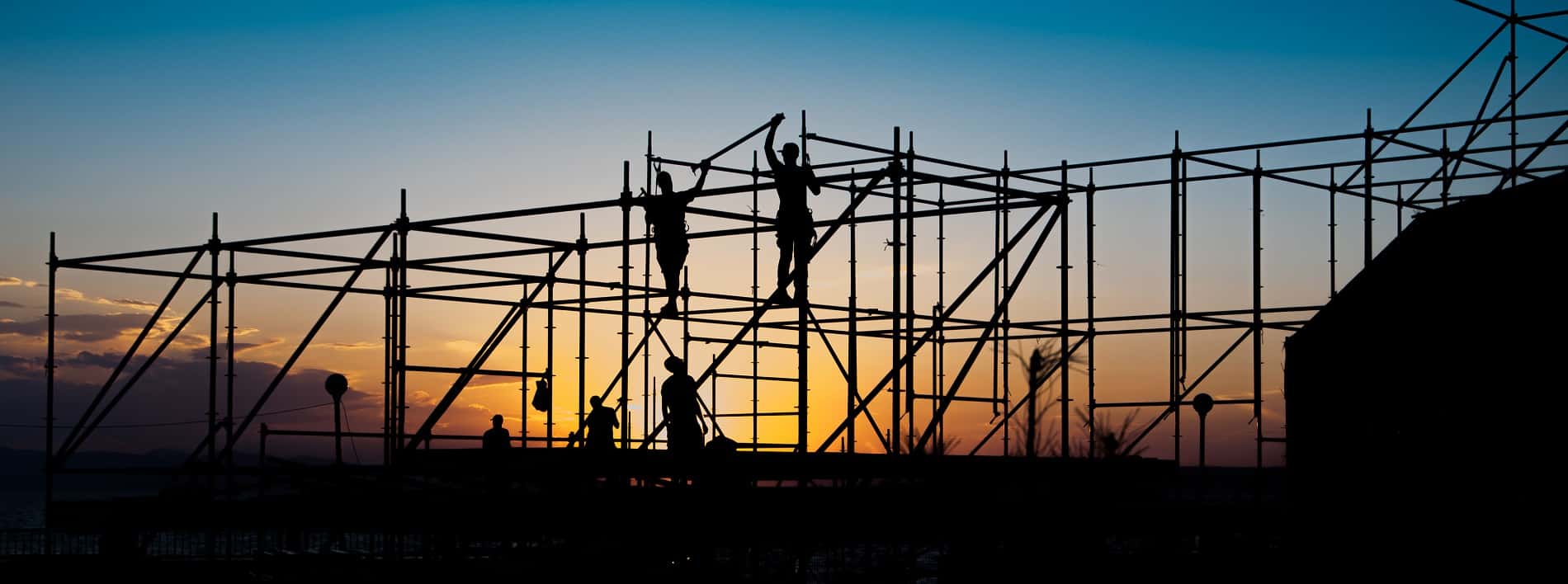What are the main components of a scaffold?
When construction work is being done on a building, scaffolding is used to provide support for the workmen as well as structural support for the building itself. Often, materials like metal tubing or piping are used to form the backbone of the scaffolding, along with boards and couplers. While there are several kinds of scaffolding, they’re all made up of the same basic elements, even if these elements differ in design.
There are 3 general components under which basic scaffolding elements are classified: transoms, ledgers and standards. A standard is a long tube or pipe that runs the length of the scaffolding, connecting the entire scaffold directly to the ground. A base plate serves as support for each standard as they are linked to the base, which helps with weight distribution and support.
Ledgers are placed in between standards in a horizontal fashion, improving the weight distribution and adding further support. Transoms come in various forms and are placed at a right angle on top of ledgers. There are intermediate and main transoms. While main transoms support boards and standards, intermediate transoms provide additional board support from their position alongside main transoms.
Apart from the aforementioned, there are many other supportive elements that provide support for the basic scaffolding. These include additional couplers, façade braces and cross braces, all of which can be used in a variety of combinations to provide support for structure in various ways.
Cross braces are used to improve the overall rigidity of a structure as they’re securely attached to standards and run diagonally between ledgers. They may also be secured to ledgers as ledger braces. As for façade braces, they are secured to the scaffold’s face and attached at every level, preventing the structure from swaying.




